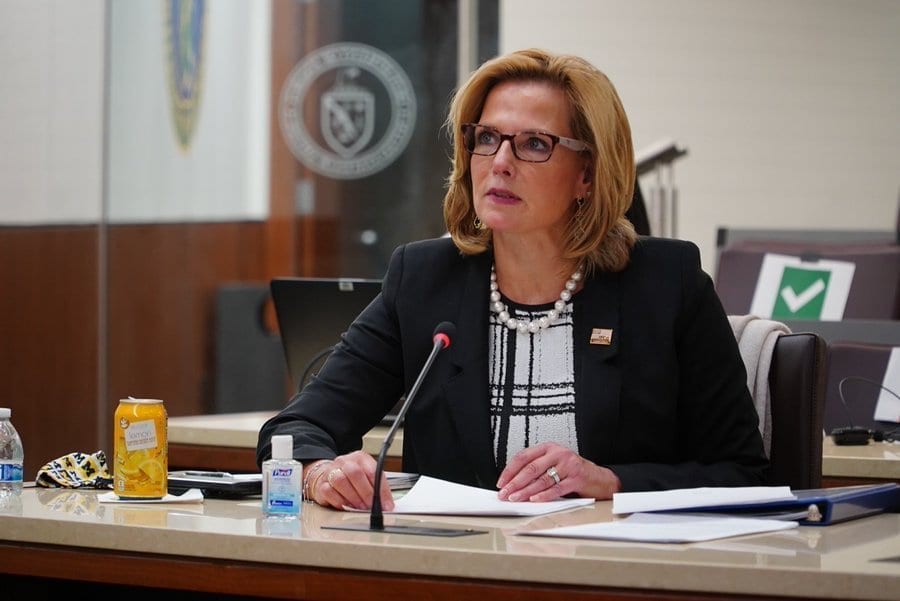
Nuclear Security & Deterrence Monitor Vol. 24 No. 21
Visit Archives | Return to Issue PDF
Visit Archives | Return to Issue PDF
Nuclear Security & Deterrence Monitor
Article 1 of 11
May 22, 2020
NNSA Tracking Three New COVID-19 Cases; Pantex Ramp-Up Delayed Amid Texas Infection Surge

The National Nuclear Security Administration (NNSA) tracked three new confirmed cases of COVID-19 this week throughout its complex, as a surging outbreak in Texas forced the Pantex Plant to delay the start of its planned ramp-up to normal operations.
There were…
Partner Content
Jobs